Digital photo editing and the ethical line between aesthetics and truth?
Which do you prefer? The original image of a white balaclava-clad rebel in Libya carrying a rocket propelled grenade, or the more dramatic looking battlefield with increased contrast that brings out richer greys and red hues in the clouds, smoke and earth?
The spectrum of digital tools available to photographers to edit images is vast – from professional software such as Photoshop or Aperture right through to consumer tools such as iPhoto or PicMonkey, not to mention hundreds of mobile photography applications.
If you’re of a certain vintage, then you might be a bit nostalgic about the days of film, the whiff of fixer and the time spent honing your skills in a dark room. Today adjusting the fundamental elements of a digital photograph, its DNA if you like, such as exposure/brightness, colour/saturation, whites/blacks, contrast/shadows and much, much more, are as easy as moving a virtual “slider” with a mouse.
But having a palette of digital tools does not mean editing a photo is a piece of cake. Far from it. In fact for photographers and newsroom photo-editors it opens up a raft of ethical questions.
How much can you digitally adjust an image to enhance its visual impact? What if the photograph is over or under exposed or the white balance is wrong – how far do you correct the image to make it look aesthetically pleasing, but without altering its context or meaning?
In 2009, judges of Denmark’s Photo of the Year disqualified this image of Klavs Bo Christensen arguing he had gone too far in editing his image in Photoshop.
These were just some of the issues DW Akademie put to Claudio Palmisano, one of the founders of 10b Photography Laboratory in Rome.
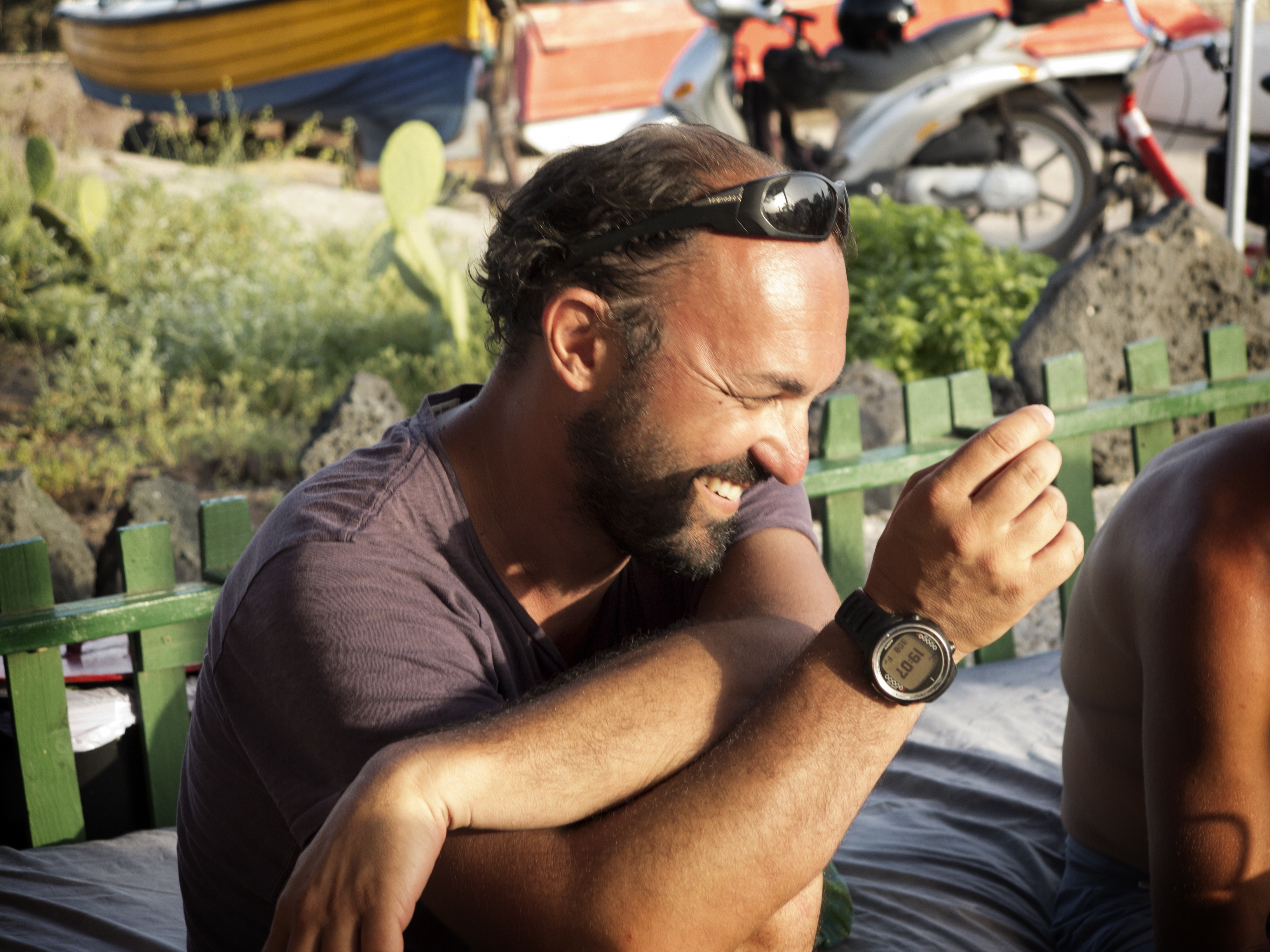 Palmisano and his colleagues work closely with leading photo-journalists such as Yuri Kozyrev, Francesco Zizolo and Paolo Pellegrin. And while their name might not always appear in the byline alongside a photographer, the digital editing expertise of 10b has been an essential part of award winning photographs.
Palmisano and his colleagues work closely with leading photo-journalists such as Yuri Kozyrev, Francesco Zizolo and Paolo Pellegrin. And while their name might not always appear in the byline alongside a photographer, the digital editing expertise of 10b has been an essential part of award winning photographs.
10b very much see themselves as a “digital darkroom” and when it comes to the ethical debate of using modern software in photojournalism, they state:
‘We believe that talking of “manipulation” is correct only when actual pixels are “moved”, therefore when the minimum unit of a digital image is at least either replaced or cloned.’
Read more in our interview with 10b Photography’s Claudio Palmisano.
How do you describe your role in the editing process of an image?
10b Photography laboratory is a ‘digital darkroom’ in the broadest sense. This means that we adapt the workflow of the traditional darkroom to digital images. Traditional tools like chemicals, enlarger and filters are replaced by Photoshop, just as much as the old negative film is now replaced by RAW files. We work together with the photographer to bring the image, and the whole story, as close as possible to the photographer’s vision. A dialogue between the photographer’s own vision and our visual culture is fundamental to achieving the desired result. I don’t think of our work in terms of ‘retouching’, but rather as ‘enhancing’ the inherent potential of the shot by containing its limits and strengthening its qualities.
When you open up a digital photo file to start work, how do you first approach an image for editing?
When dealing with images of photographers with whom I have a long and established work relationship, at first I usually process the files using a ‘Droplet’, a complex script of automated actions in Photoshop, which is tailor made for every photographer and each story. For example, in the case of the Arab Spring series by Yuri Kozyrev, I used the same Photoshop Droplet. Using Droplets enables us to quickly and efficiently calibrate contrast, saturation, textures and hues of a batch of images. After applying a general ‘coating’, we proceed to edit each photo one by one, detecting and enhancing volumes, details and symbols.
How do you determine what is too much digital editing of a photograph, where the reality, meaning or truth of an image might be distorted?
The limit lies entirely within the choices made by the photographer when shooting, the content of the image and its usage. Many theories have attempted to define the concept of ‘overphotoshopping’. Some theories are conservative, or purely reactionary points of view on digital editing, others are indifferent or experimental ideas. With that regard, in the field of documentary photography, my opinion takes into account that colour perception is a relative phenomenon, and therefore allows a fairly wide range of possibilities. Nevertheless, I consider beyond the limit of what is acceptable any change that disrupts the rapports among colours (i.e. altering only one colour) or alters the context of the image (cloning, removing or adding pixels).
How much do you think digital editing technology is having an impact on a photographer’s style?
I think that the impact of the technology of digital editing tools on a photographer’s style is huge. But the same has always been true for all photographers as their technological tools were upgraded and new inventions were introduced in the field of photography. From the daguerreotype, to the positive/negative process, the glass plate negative, the gelatine emulsion, the celluloid film base, the 35mm film, the introduction of colour photography, and onwards up to digital cameras of the 2nd and 3rd generation, and the use of image enhancing software. Every technological innovation revolutionised the approach of photographers and it will happen again in the future with any major innovation.
When a photographer is planning to work with you, do you ask them to set their camera in particular way to produce RAW or JPG files that will give you the most options for editing?
I always recommend shooting RAW, so any further suggestion becomes superfluous. If a photographer were compelled to send JPG (i.e. Internet connection problems), it would be better that he/she processed the RAW file according to my instructions and then sent me the ensuing JPG. If you have to post-process the JPG created by your digital camera, it is important to select a wide colour profile (Adobe 98) and to categorically deselect any other pre-setting.
Interview: Guy Degen
(Images published in this post with the kind permission of the photographers and 10b Photography)



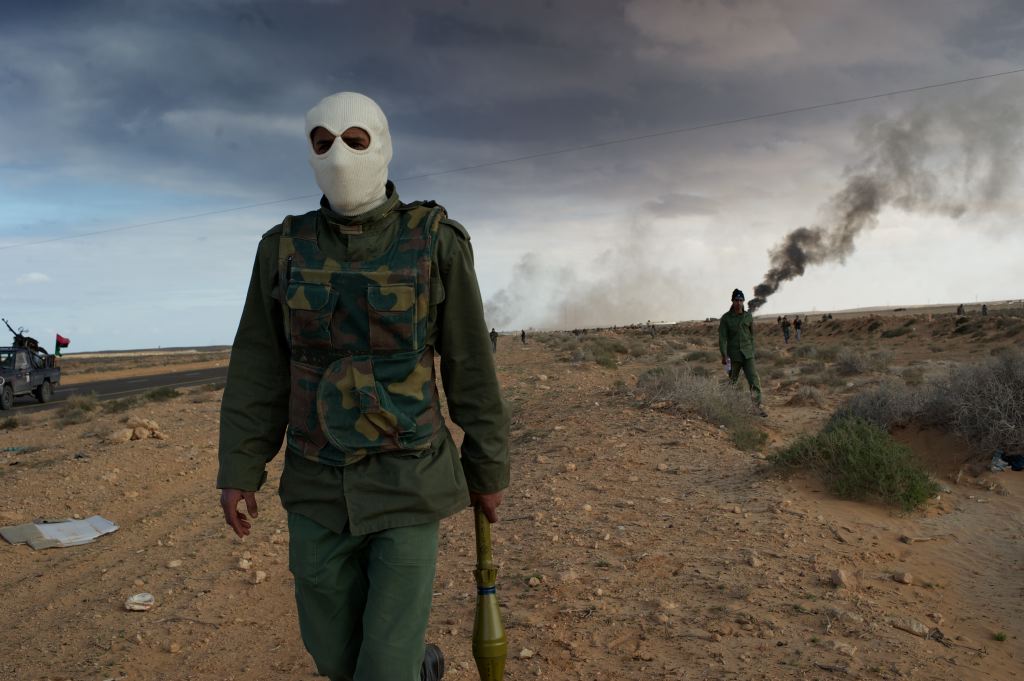

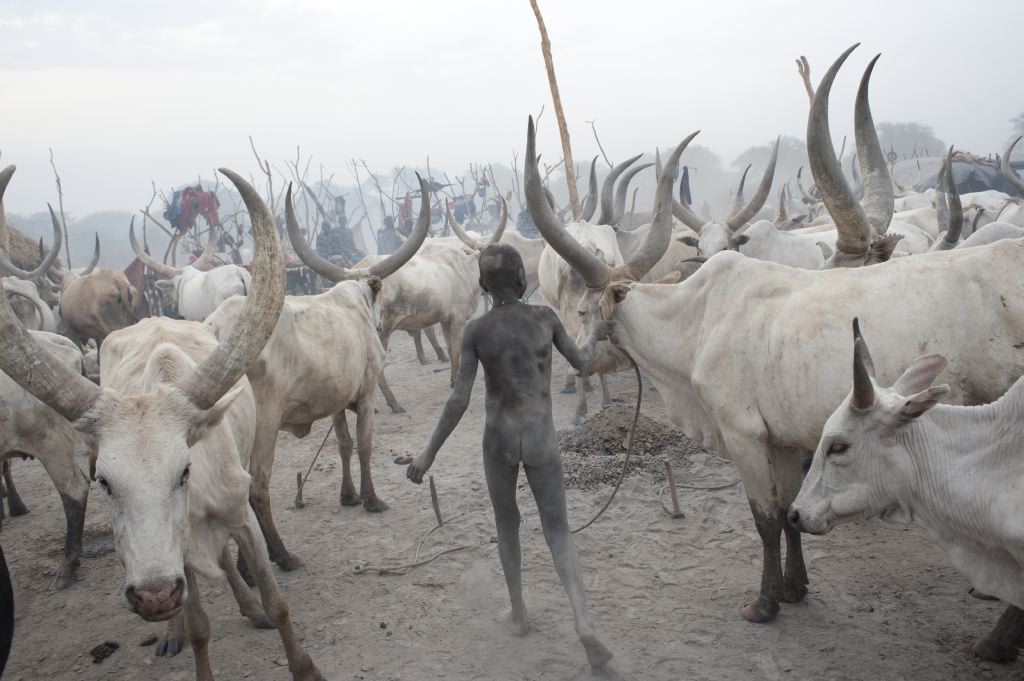
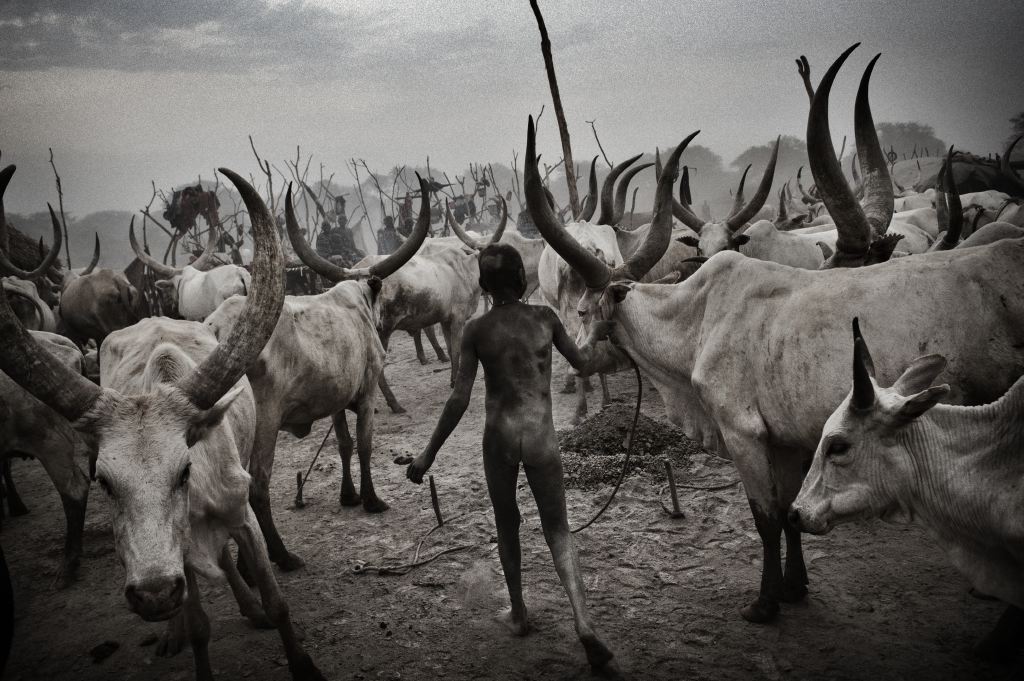
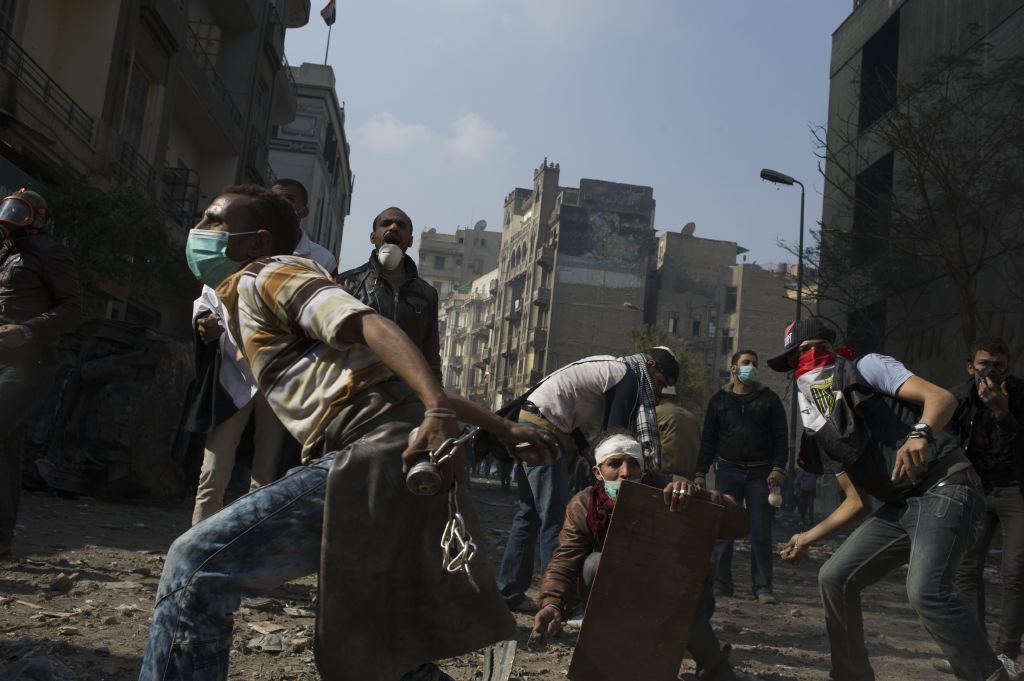
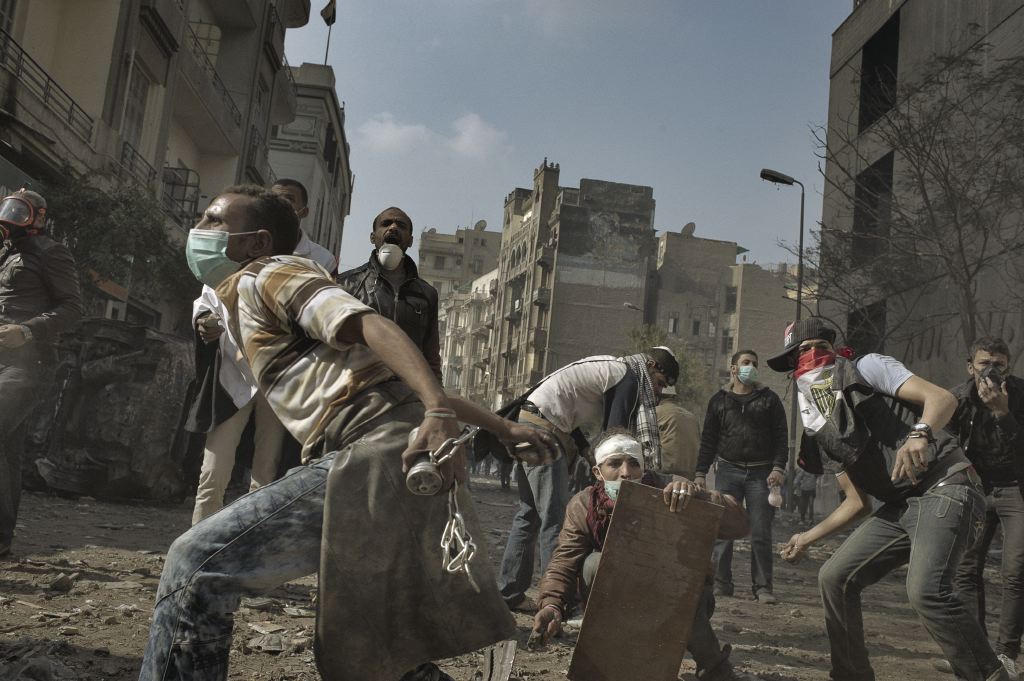

Feedback